What Is 6-Row Barley – How To Grow 6-Row Barley For Beer Making
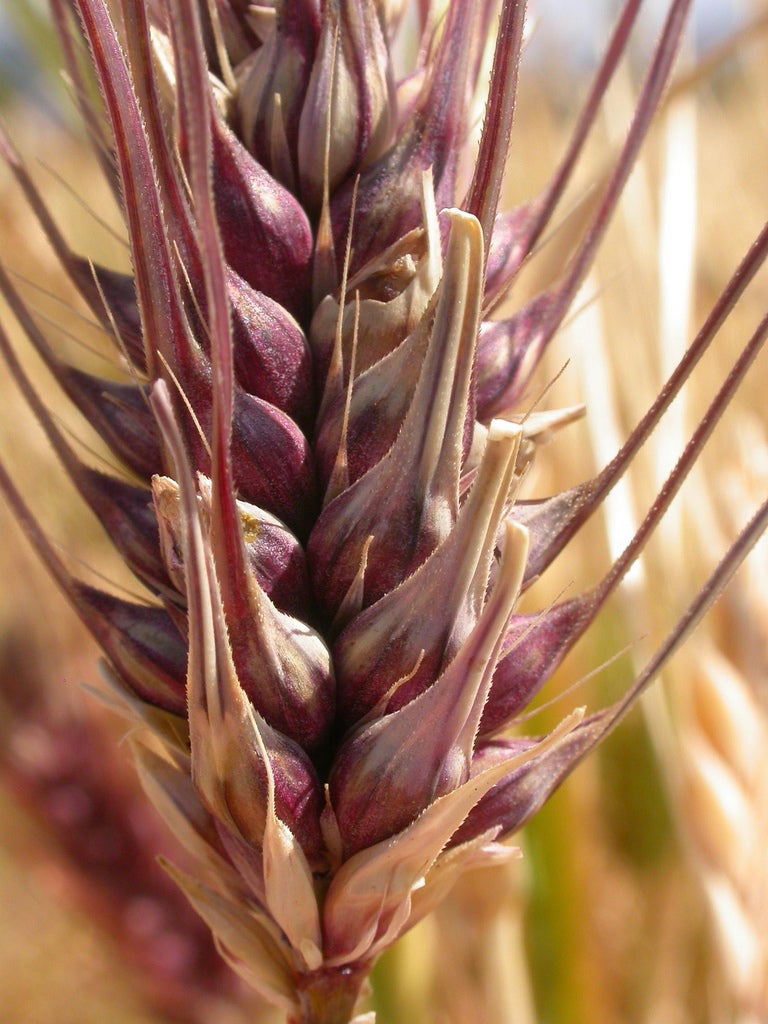

Barley is a popular crop both commercially and in home gardens. While the plants are grown for their grain harvest, barley is also commonly grown on farms for livestock or as a cover crop. Whether wishing to make their farm more sustainable or hoping to grow barley for its use in beer making, there is no doubt that its growers have mixed opinions regarding how different types of the plant should be used. One type, 6-row barley plants, are specifically debated for their use.
What is 6-Row Barley?
Growing 6-row barley has many uses. While European beer makers believe this specific type of barley should only be grown as feed for livestock, many North American brewers welcome the use of 6-row barley for beer.
These 6-row barley plants are easily distinguishable due to the size and shape of their seed heads. Seed heads of 6-row barley plants maintain a somewhat unorganized appearance with varying sized kernels. These varying kernels make the process of grinding the barley more difficult, as the smallest seeds must be screened and sifted. Even the largest of the 6-row barley kernels will be smaller than that which is produced by 2-row barley types.
Should I Grow 6-Row Barley?
While much more common in North America, there are some advantages to growing 6-row barley for beer. Although the kernels are smaller, 6-row barley types contain a greater number of enzymes which are able to convert sugars throughout malting in the beer making process. This makes 6-row barley very helpful for use in beer recipes that incorporate the use other grains which are not able to convert sugars.
Growing 6-Row Barley Plants
As with growing any other small grain crop, the process of growing 6-row barley is relatively simple. In fact, even home gardeners should be able to achieve crops with yields large enough for personal use.
First, growers will need to select varieties that are well suited to their gardening zone. While barley does demonstrate some tolerance to cold, it is important to carefully determine the best planting time for the garden. This will help to better ensure a successful harvest.
To sow, choose a planting location that is well draining and receives at least six to eight hours of direct sunlight each day. Broadcast the seeds onto the planting area and rake the seeds into the upper surface layer of the soil. Then, water the area well, making sure that the planting bed receives adequate moisture until germination occurs.
Gardening tips, videos, info and more delivered right to your inbox!
Sign up for the Gardening Know How newsletter today and receive a free copy of our e-book "How to Grow Delicious Tomatoes".
Some growers may need to spread a thin layer of straw or mulch over the planting area in order to ensure that the seeds are not eaten by birds or garden pests before germination occurs.

Tonya Barnett has been gardening for 13 years. Flowers are her passion. She has transformed her backyard into a cut flower garden, which she regularly chronicles on her YouTube channel http://www.youtube.com/@tonyawiththeflowers.
-
 Never Plant Seedlings Until They Pass These 3 Simple Tests
Never Plant Seedlings Until They Pass These 3 Simple TestsDon't be over-eager to transplant seedlings into the garden before they are ready. These quick and easy checks will help ensure flourishing plants.
By Mary Ellen Ellis
-
 Grow ‘Karl Rosenfield’ Peony Plants For The Ultimate Frilly Border Beauties And Cut Flowers
Grow ‘Karl Rosenfield’ Peony Plants For The Ultimate Frilly Border Beauties And Cut FlowersFor frilly double magenta peony petals infused with a heady fragrance, grow ‘Karl Rosenfield’ peony plants. Here’s how to cultivate the ultimate plushy blooms
By Tonya Barnett
-
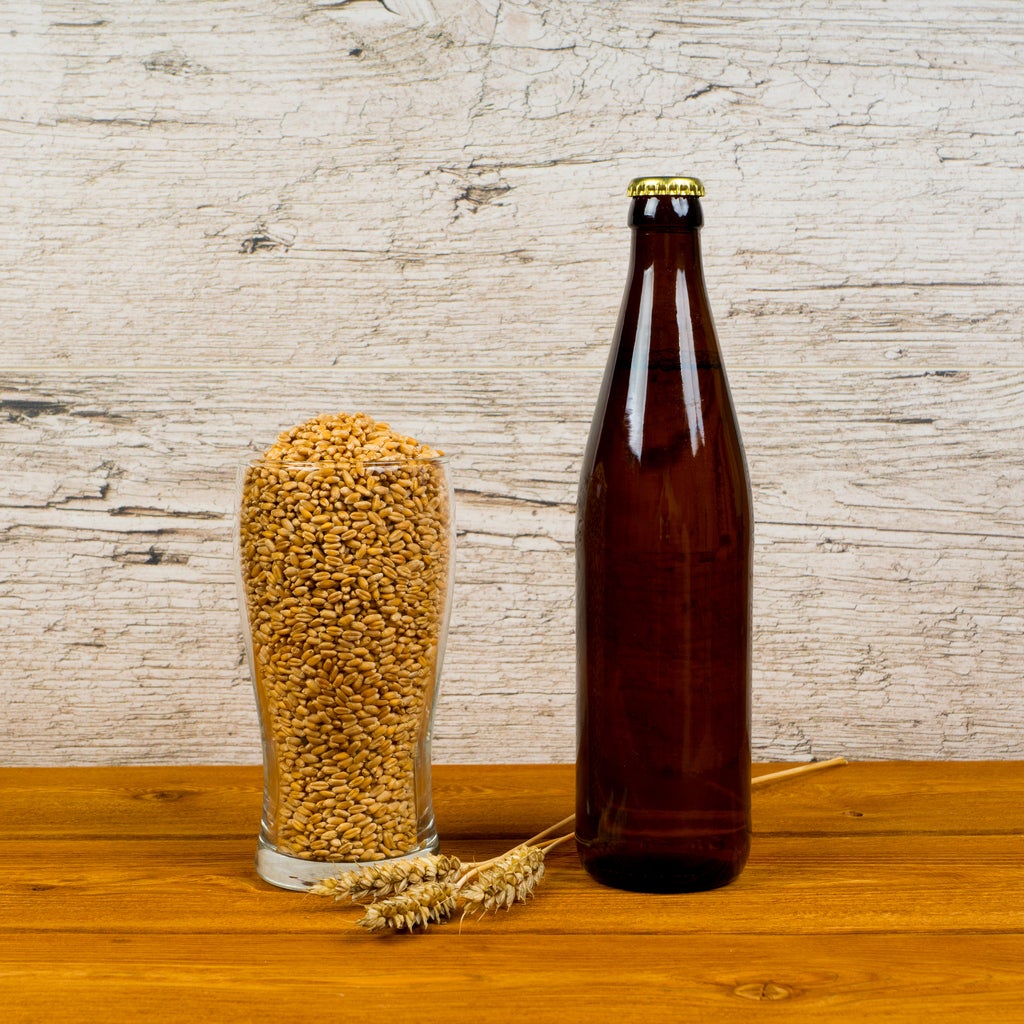 Growing Malted Barley – How To Grow Beer Barley At Home
Growing Malted Barley – How To Grow Beer Barley At HomeToday, there are many beer making kits available, but why not take it a step further by growing your own malted barley. Click on the following article to find out how to grow and harvest malted beer barley from your own backyard.
By Amy Grant
-
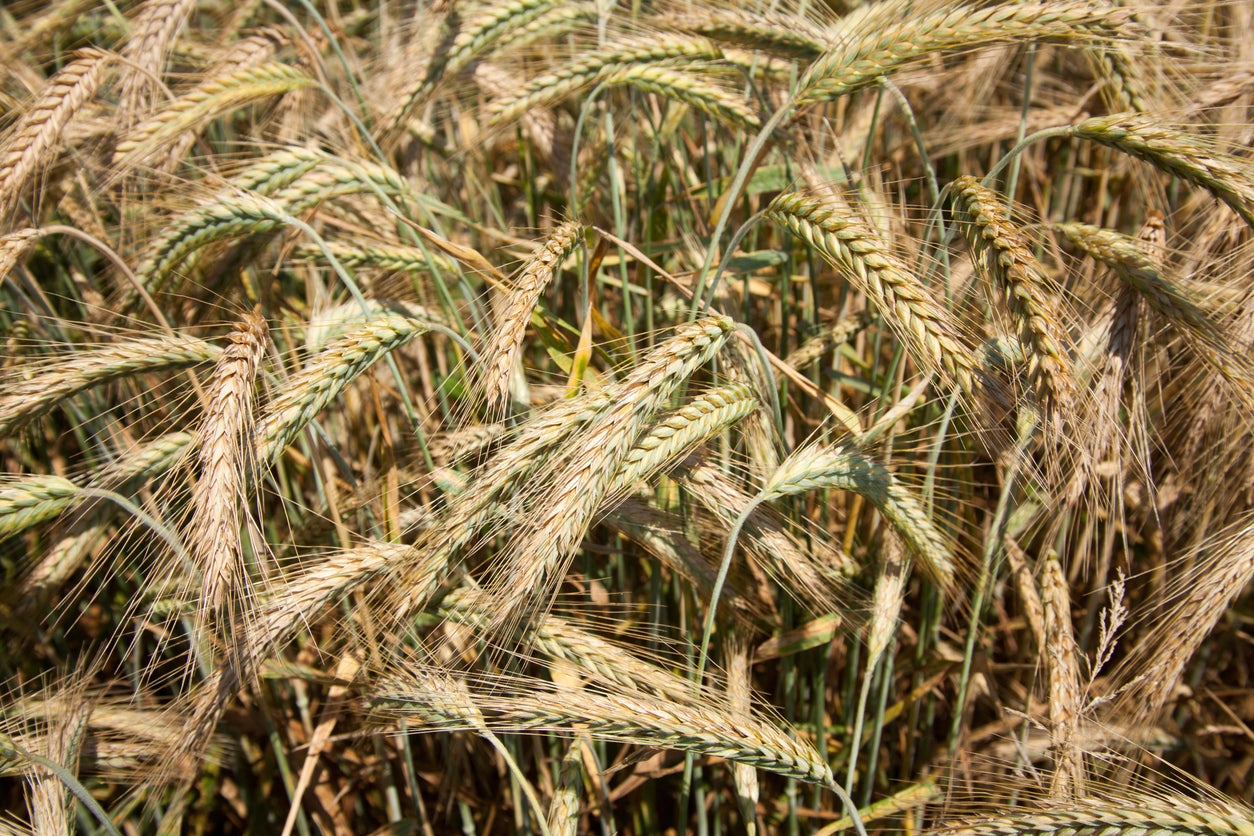 Barley Harvest Tips – How And When To Harvest Barley
Barley Harvest Tips – How And When To Harvest BarleyYou can easily grow a few rows of barley in your backyard garden. The trick to getting a good crop is knowing how and when to harvest barley. Click here for information about how to harvest barley, including tips on the timing of a barley harvest.
By Teo Spengler
-
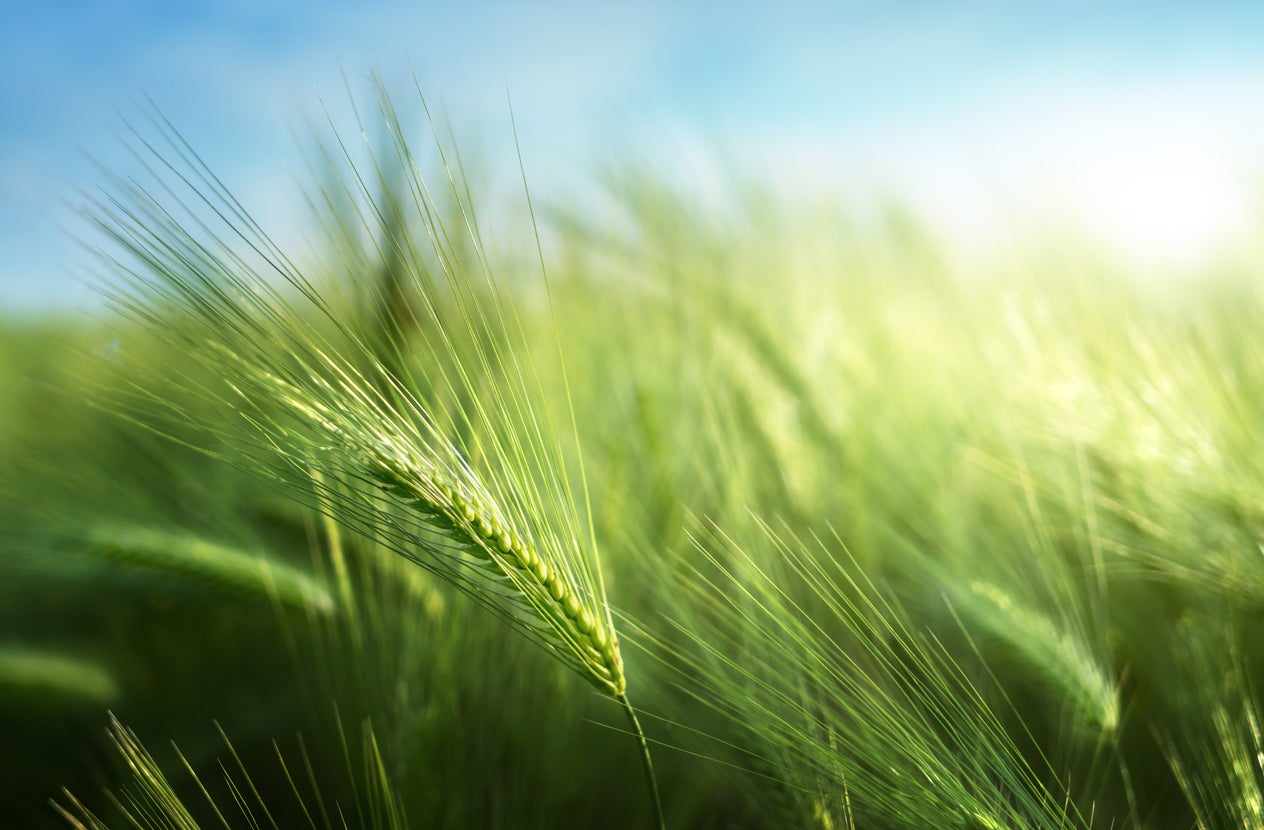 Barley Grain Care Guide: Can You Grow Barley At Home
Barley Grain Care Guide: Can You Grow Barley At HomeCan you grow barley at home? You don't need acres of land to grow barley in the garden, but it may be hard to source small amounts of seed. Even if you are not a beer enthusiast, you can learn how to grow barley for bread, soups and stews. This article can get you started.
By Bonnie L. Grant
-
 Barley Tillering And Heading Information – Learn About Barley Heads And Tillers
Barley Tillering And Heading Information – Learn About Barley Heads And TillersIf you are thinking of growing barley in your home garden, you’ll need to learn about barley tillering and heading. What are barley tillers? What is a barley head? Click on the following article to learn the ins and outs of tillering and heading of barley plants.
By Teo Spengler
-
Barley Basal Glume Blotch – How To Treat Glume Rot On Barley Plants
Basal glume blotch is a disease that can affect cereal grains, including barley, and can cause serious damage to the plant and even kill young seedlings. Click the following article to learn more about recognizing and treating basal glume blotch of barley crops.
By Liz Baessler
-
 Barley Loose Smut Info: What Is Barley Loose Smut Disease
Barley Loose Smut Info: What Is Barley Loose Smut DiseaseBarley loose smut? It is a seed-borne illness that can occur anywhere barley is grown from untreated seed. The name comes from the loose seed heads produced that are covered in black spores. You don't want this in your field, so click here for more barley loose smut info.
By Bonnie L. Grant
-
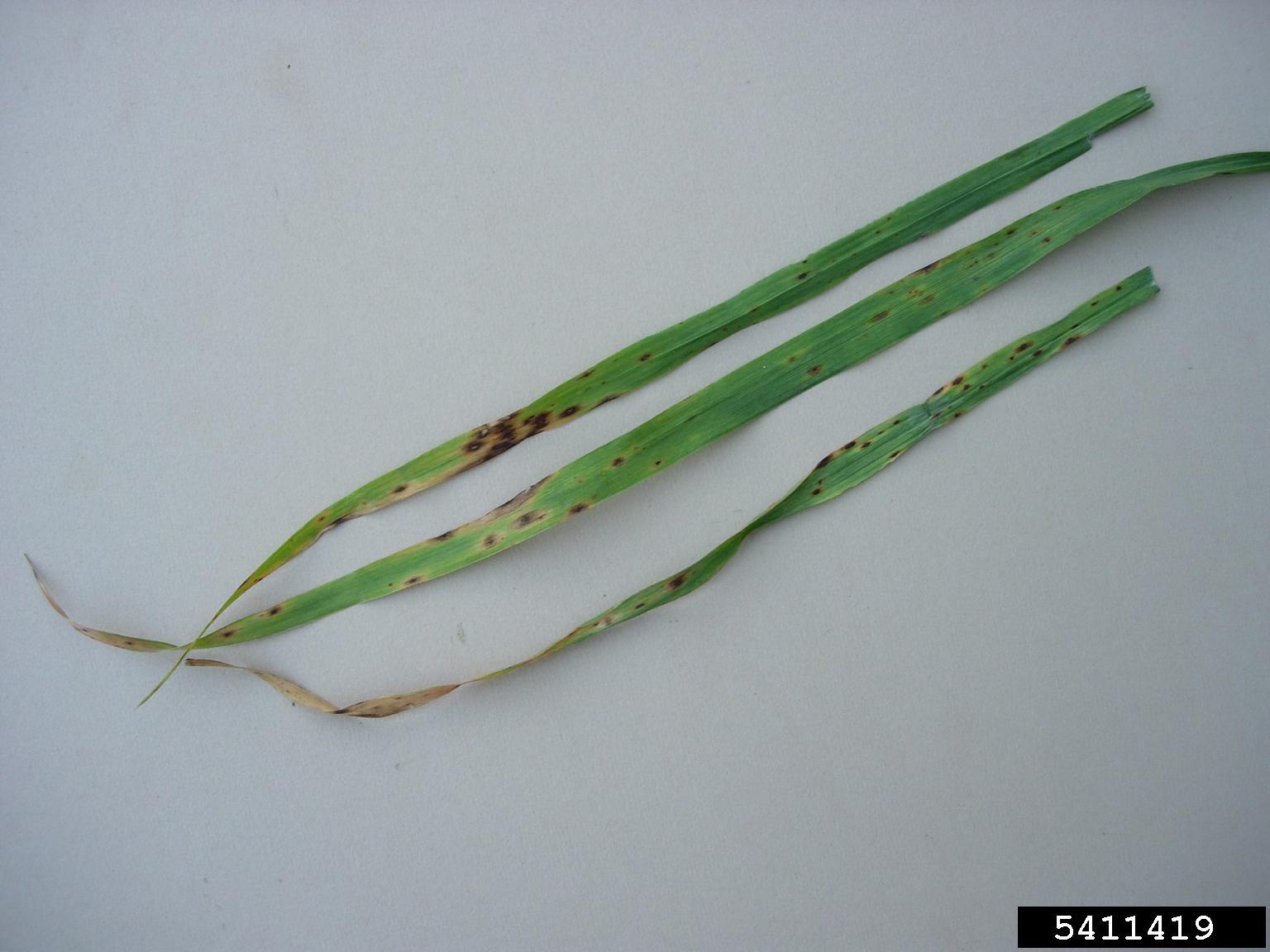 Spot Blotch Of Barley: How To Treat Barley With Spot Blotch Disease
Spot Blotch Of Barley: How To Treat Barley With Spot Blotch DiseaseBarley spot blotch disease can affect any part of the plant at any time. The disease can reduce yield and kill young plants. Click on the following article to learn about the steps to prevent and treat barley spot blotch.
By Bonnie L. Grant
-
 Barley Leaf Blotch Control: Treating Barley Speckled Leaf Blotch
Barley Leaf Blotch Control: Treating Barley Speckled Leaf BlotchBarley speckled leaf blotch is a fungal disease resulting in lower yields. While barley with leaf blotch is not a fatal condition, it opens the crop up to further infections that can decimate the field. Learn about preventing and treating leaf blotch in barley crops here.
By Amy Grant